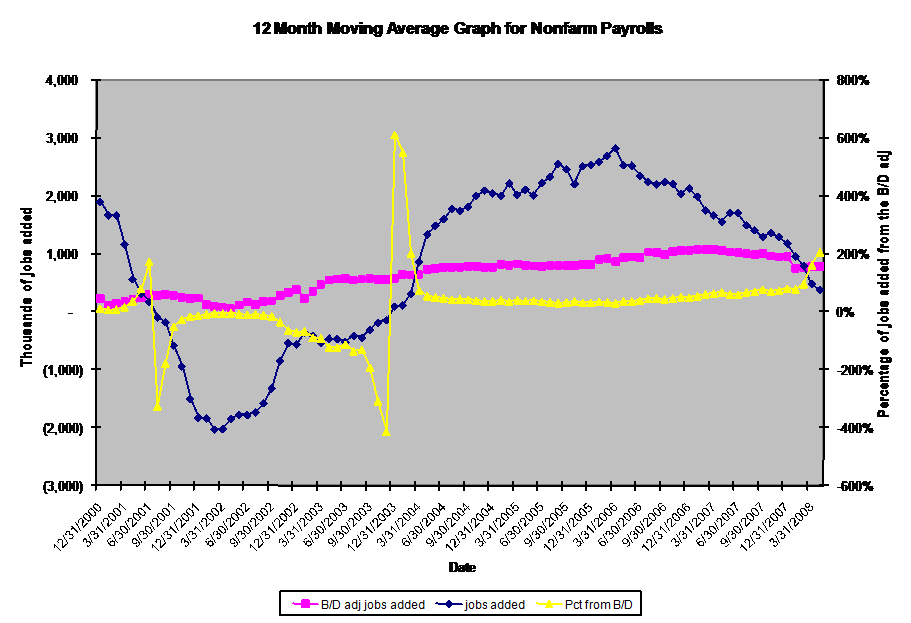What is Liquidity? (Part II)
Liquidity is like water. Is water a solid, a liquid, or a gas? Depending on the situation, water can be any or all of the three. When I started my blog, my first serious post was “What is Liquidity?” Given what was about to happen in Shanghai seven days later, and what that would do to liquidity, the post was ahead of its time.
Yesterday I saw two posts on liquidity:
Both had a number of good points, though I like my piece better.? Let me borrow from Peter Bernstein, where he said something to the effect of “Liquidity is the ability to have a do-over.”? In other words, if you make an investment mistake, how much does it cost you to reverse it?
The three aspects of liquidity:
- What sort of premium does it take to get someone to lock into a long-term commitment?
- Slack assets available for deployment into new investments, and
- Bid-ask spreads
are correlated.? When there are few slack assets relative to investment needs, large premiums have to be offered to get investors to lock into a long-term investment, and bid-ask spreads tend to be wide as well.
But let’s consider the flip side of liquidity.? Liquidity is akin to holding a long option.? Rising volatility is the friend of one who has liquidity or a long option.? But, being long an option means someone else is short an option.? Having liquidity means that someone else has to provide cash should you choose to buy something.? If you liquidate shares in a money market fund, cash must come either from new investors in the fund who take your spot, or the fund has to raise liquidity internally, handing you some of the proceeds from not entering into an overnight loan.
Or, consider the bid-ask spread in stocks, or other securities.? When the bid-ask spread is tight, it means that the market maker (or specialist), is comfortable that short-term volatility is low enough, that he will be able to profit from the tight spread on average.? When there is severe uncertainty, as there often is in esoteric fixed income instruments during a panic period, the bid-ask spread disappears, and one is reduced to “price discovery, using a broker who is discreet about your intentions regarding buying or selling.? (My, but I got good at that during 2001-2003. ? Ouch.)
I like my definition of liquidity, which is the willingness (price) to enter into or exit fixed commitments.? It covers all three aspects of liquidity, and helps explain why they are usually different manifestations of the same phenomenon.
As for now, versus mid-February 2007, the willingness to enter into fixed commitments has declined markedly, even though it has improved over the last seven weeks.? That is no guarantee that it will continue to improve linearly.? Bear markets have their rallies, and this current rally has been a good one.? It would be rare to have such a short bear market, or one that ended without clearing away most of the prior excess lending problems.? We still have a lot of wood to chop there.


